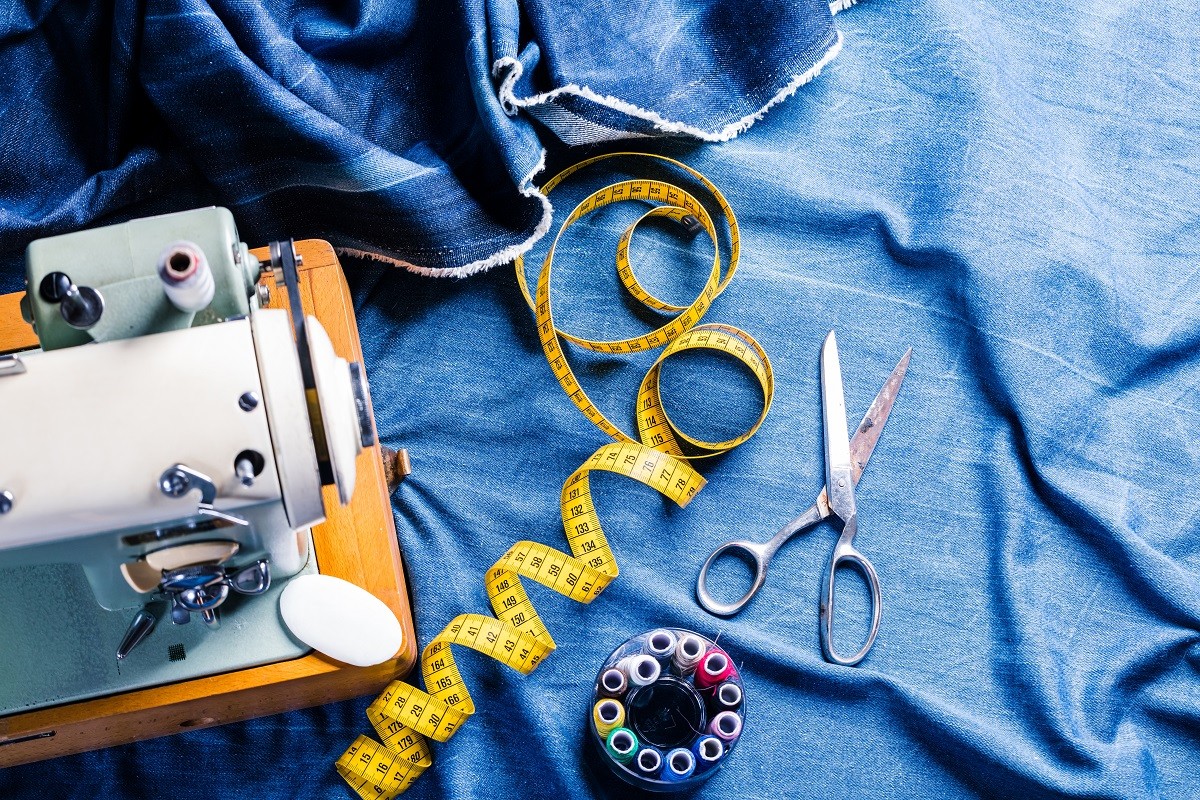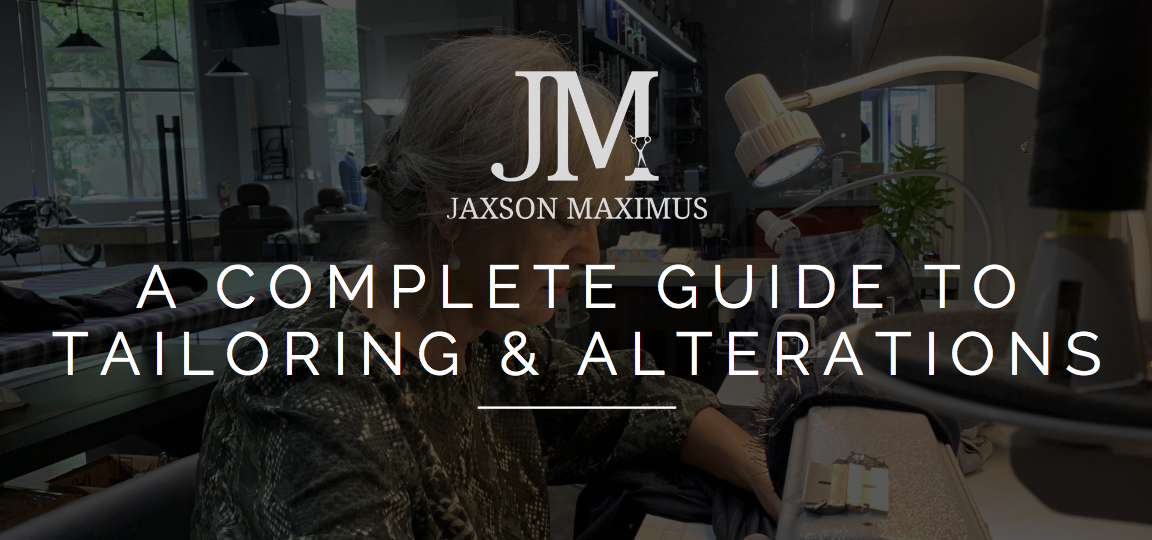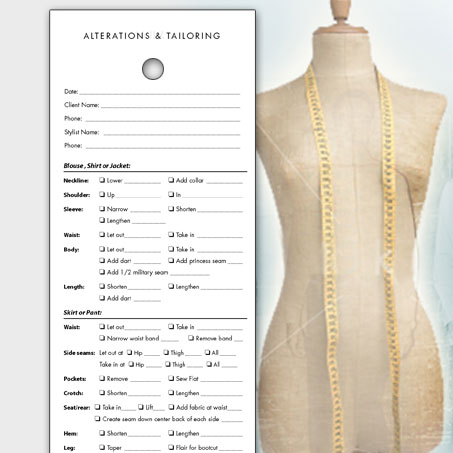The Art Of Tailoring: A Comprehensive Guide To Clothing Alterations In Your Local Area
The Art of Tailoring: A Comprehensive Guide to Clothing Alterations in Your Local Area
Related Articles: The Art of Tailoring: A Comprehensive Guide to Clothing Alterations in Your Local Area
Introduction
With great pleasure, we will explore the intriguing topic related to The Art of Tailoring: A Comprehensive Guide to Clothing Alterations in Your Local Area. Let’s weave interesting information and offer fresh perspectives to the readers.
Table of Content
The Art of Tailoring: A Comprehensive Guide to Clothing Alterations in Your Local Area

Clothing alterations, a vital service often overlooked, play a crucial role in enhancing the fit and longevity of garments. Whether it’s a beloved dress requiring a hem, a suit jacket needing a sleeve adjustment, or a cherished vintage piece needing a complete transformation, skilled alterations can breathe new life into your wardrobe. This comprehensive guide explores the world of clothing alterations, providing insights into the services offered, benefits, and factors to consider when selecting a local tailor.
Understanding the Scope of Clothing Alterations
Clothing alterations encompass a wide range of services designed to modify garments to achieve a perfect fit and enhance their style. These services can be broadly categorized as follows:
1. Length Alterations:
- Hemming: Adjusting the length of pants, skirts, dresses, and other garments to achieve the desired silhouette. This involves removing excess fabric and finishing the edge neatly.
- Sleeves: Shortening or lengthening sleeves to ensure a comfortable and flattering fit.
- Bottoms: Adjusting the length of trousers, jeans, and skirts to create a tailored look.
2. Fit Alterations:
- Waist: Taking in or letting out the waistline of pants, skirts, dresses, and jackets for a more flattering fit.
- Bust: Adjusting the bust area of shirts, dresses, and jackets for a comfortable and secure fit.
- Shoulders: Adjusting the shoulder seams of jackets, shirts, and dresses to ensure proper alignment and a comfortable fit.
- Hips: Taking in or letting out the hip area of pants, skirts, and dresses to achieve a more flattering silhouette.
3. Other Alterations:
- Zippers: Replacing or repairing faulty zippers on garments.
- Buttons: Replacing or adding buttons to garments.
- Pockets: Adding or altering pockets on garments.
- Linings: Replacing or repairing linings in jackets and coats.
- Repairs: Fixing tears, holes, and other damage to garments.
- Custom Designs: Tailoring garments from scratch or modifying existing pieces to create unique and personalized designs.
The Benefits of Clothing Alterations
Beyond simply altering the fit of a garment, clothing alterations offer a multitude of benefits:
- Perfect Fit: Tailored garments enhance comfort and confidence by providing a precise fit that flatters the body’s unique shape.
- Longevity: Proper alterations extend the lifespan of garments by repairing damage and preventing future wear and tear.
- Style Enhancement: Alterations can transform the look and feel of garments, creating unique and personalized styles.
- Cost-Effective: Altering a garment can be more cost-effective than purchasing a new one, especially for high-quality items.
- Sustainable Fashion: Clothing alterations promote sustainability by reducing textile waste and extending the life cycle of existing garments.
Factors to Consider When Choosing a Tailor
Selecting the right tailor is crucial for ensuring high-quality alterations and a satisfactory experience. Consider these factors when making your choice:
- Experience and Expertise: Look for a tailor with experience in altering various types of garments and fabrics.
- Reputation and Reviews: Check online reviews and seek recommendations from friends and family.
- Pricing: Compare prices and ensure transparency in pricing structure.
- Location and Convenience: Choose a tailor located conveniently for you.
- Communication and Consultation: A good tailor should communicate effectively, listen to your needs, and provide expert advice.
- Turnaround Time: Inquire about the typical turnaround time for alterations and ensure it aligns with your schedule.
Frequently Asked Questions (FAQs) About Clothing Alterations
1. What types of garments can be altered?
Almost any type of garment can be altered, from simple t-shirts to complex wedding gowns. However, the complexity and feasibility of alterations depend on the garment’s construction and fabric.
2. What are the common types of fabric alterations?
Tailors can work with a wide range of fabrics, including cotton, silk, wool, linen, and synthetics. However, some fabrics may be more challenging to alter due to their properties.
3. How long does it take to alter a garment?
The turnaround time for alterations can vary depending on the complexity of the work and the tailor’s workload. Simple alterations like hemming can be completed within a few days, while more complex alterations may take a week or more.
4. How much does it cost to alter a garment?
The cost of clothing alterations varies depending on the type of alteration, the complexity of the work, and the fabric. It’s best to consult with a tailor for an accurate estimate.
5. What should I bring to my first consultation?
Bring the garment you want altered, along with any specific instructions or images for reference. It’s helpful to explain the desired fit and style clearly.
Tips for Successful Clothing Alterations
- Choose the Right Tailor: Select a reputable tailor with experience and expertise in altering the type of garment you need work on.
- Communicate Clearly: Provide clear and detailed instructions to your tailor about the desired fit, style, and any specific requirements.
- Bring Reference Images: Use images to illustrate the desired look and fit.
- Schedule a Consultation: Schedule a consultation with the tailor to discuss the alterations in detail and get an accurate estimate.
- Prepare the Garment: Clean and press the garment before taking it to the tailor.
- Be Patient: Allow sufficient time for the tailor to complete the alterations, especially for complex work.
- Inspect the Work: Carefully inspect the alterations upon completion to ensure they meet your expectations.
Conclusion
Clothing alterations are a valuable service that can transform your wardrobe, enhancing the fit, style, and longevity of your garments. By understanding the scope of alterations, considering the benefits, and choosing a reputable tailor, you can unlock the potential of your existing clothes and create a wardrobe that reflects your unique style and individuality. Embrace the art of tailoring and discover the transformative power of a perfect fit.








Closure
Thus, we hope this article has provided valuable insights into The Art of Tailoring: A Comprehensive Guide to Clothing Alterations in Your Local Area. We thank you for taking the time to read this article. See you in our next article!
You may also like
Recent Posts
- The Allure Of Cubic Zirconia: A Comprehensive Guide To Its Beauty And Versatility
- The Evolution Of Jewelry Design: Embracing The Power Of CAD
- Corfe Castle: A Journey Through Time In The English Countryside
- Restoring A Precious Symbol: Repairing A Cut Ring
- A Comprehensive Guide To Silver Jewelry In Chennai: Unveiling The City’s Silver Treasures
- A Glimpse Into Kolkata’s Golden Legacy: Exploring City Gold Jewellery
- Navigating The Landscape Of Charitable Giving: Supporting Local Communities In The Wake Of COVID-19
- Corfe Castle And Village: A Journey Through Time
Leave a Reply